Those who know about the ancient history of Bulgaria know that Dionysus, the god of wine, was in high esteem as early as in antiquity. The Thracians who inhabited the land were dedicated winemakers. If you are wine lover same as me, this article is for you! Know more about the best places to taste Bulgarian wines during your trip to the Balkans.
Wine making has been maintained through centuries; Bulgaria boasts fine wines which gather the sunlight stored in grapes and develop it into a veritable symphony of beauty and aroma. Until the 1980s Bulgaria ranked in the second place worldwide in wine making. Nowadays the five wine regions of the country continue to produce palate-caressing wines that merit ample attention on part of oenophiles.
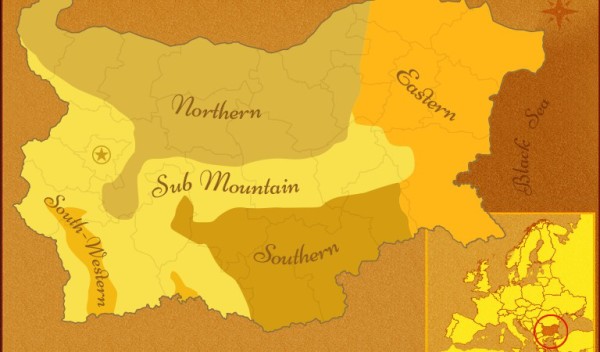
Wine regions in Bulgaria | Photo: http://bit.ly/1F5ta6s
The Danube Plain, sun-soaked, offers grounds for around two-thirds of the Bulgarian vineyards. The most characteristic wine type in the Northern Bulgaria is the deeply purple and somewhat spicy in taste – Gamza. Dry white wines, like Chardonnay, Sauvignon Blanc, Riesling, Aligote are also typical of the region, and so are red wines like Cabernet Sauvignon, Merlot, Pamid. Lastly, the sweet Muscat Ottonel complements the rich palette of wines of the plain.
The region’s wineries boast the “Vinprom Ruse”, in the city of Ruse on the Danube, formerly state owned, but now a privatized vintner and producer of white wines and the purple Gamza. If you want to do a wine tasting of the amazing Bulgarian wines from all regions at one place I recommend to visit the wine museum, near the town called Pleven.
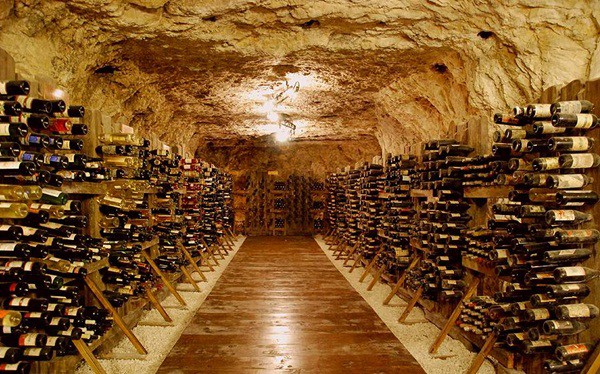
Wine Museum | Photo: http://bit.ly/1P3rYnd
Another Bulgarian winery, the “Lovico Suhindol”, in the village of the same name, is famed for its production of famous Bulgarian wines as Cabernet Sauvignon, Muscat, Chardonnay, Gamza. Yet another winery, “the Magura”, in the vicinity of the Magura Cave, takes advantage of the cave conditions and ages sparkling wines. Wine tasting in the Magura Winery is thrilling, as it is done in the cave depth.
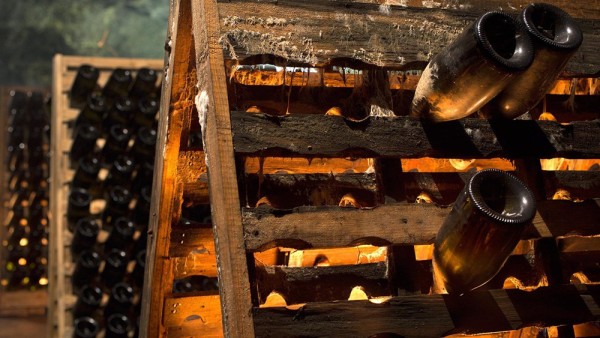
Magura Winery | Photo: http://bit.ly/1FZlQ8B
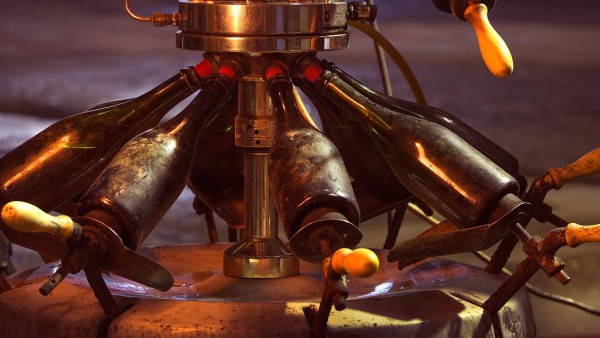
Magura Winery | Photo: http://bit.ly/1FZlQ8B
If you stay in the area of Veliko Tarnovo there are few wineries offering wine tasting for tourist. One of them is “Lyaskovets winery” in the town of Lyaskovets, only 20 min driving from Veliko Tarnovo. There you can taste typical Bulgarian wines, champagnes.
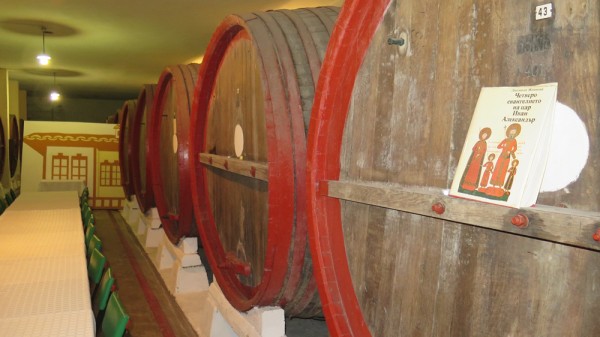
“Lyaskovets” winery
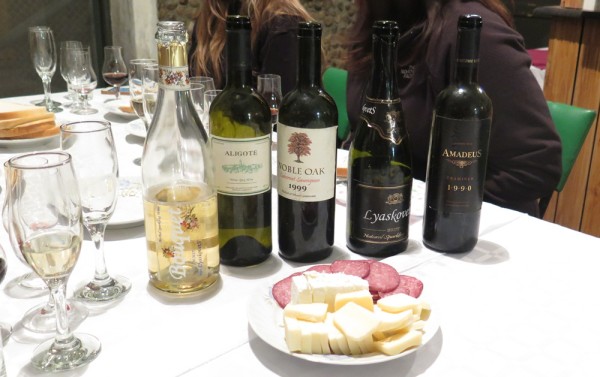
Wine tasting in “Lyaskovets” winery
The Eastern region, on the Black sea coast, is the ground for another third of its vineyards. The balmy climes, with mild autumns and long summers, enable the white grapes to soak in sunshine aplenty. The Sauvignon Blanc wine is a delight, and Dimyat, Muscat Ottonel, Riesling are other notable sorts.
For wine tasting in Buglaria, the most outstanding winery is the former summer palace of Bulgarian kings, the “Chateau Euxinograd”, on the outskirts of Varna. The winery is a boutique one, offering Riesling and Traminer, and attracting with a picturesque botanical garden and former kings’ wine collections. “Domaine Boyar” is another Bulgarian wine producer further south, near the city of Shumen, and boasts Chardonnay wine tasting in Shumen.
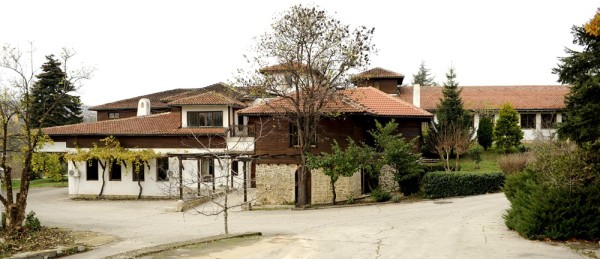
“Chateau Euxinograd” | Photo: http://bit.ly/1G9RGST
Bulgaria’s Valley of Roses, also known as the Bulgarian Sub mountain wine region, notable for its dry wines, especially Misket, grown in the Valley of Sungurlare, where wine tasting is a must at “Vinex Slavyantsi”. The Leva blend is especially famed; it is a blend of Chardonnay, Dimyat and Muscat. In Oriahovitsa, the signature Bulgarian wine is “Old red from Oriahovitsa”. In the town of Sliven, the “Domaine Boyar” winery boasts the most modern facilities on the entire Balkan Peninsula.
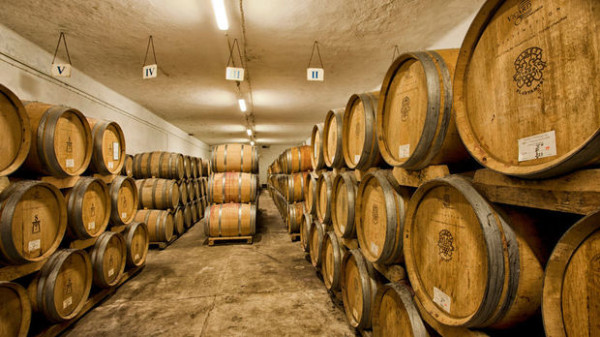
“Vinex Slavyantsi” Winery | Photo: http://bit.ly/1zAo3Fa
In the Land of Roses area can be found many other wineries producing high quality Bulgarian wine which are open for visitors. One of them is chateau Copsa, located near the town of Karlovo.
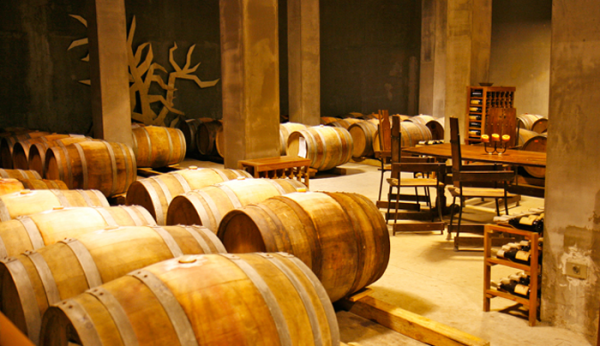
Chateu Copsa | Photo: Chateu Copsa
In the west, the Struma river valley is another Bulgarian wine making region also known as South-Western wine region. It lies between the river and the majestic Pirin Mountain. There, the town of Melnik, known as the country’s smallest town, also boasts wines that attract locals and foreigners alike. The strong red wines are the region’s staples. The Melnik vine is the culprit for outstanding Bulgarian wines which tickled and enticed the palates of eminent people such as Winston Churchill who was a regular ordered of the local wine.
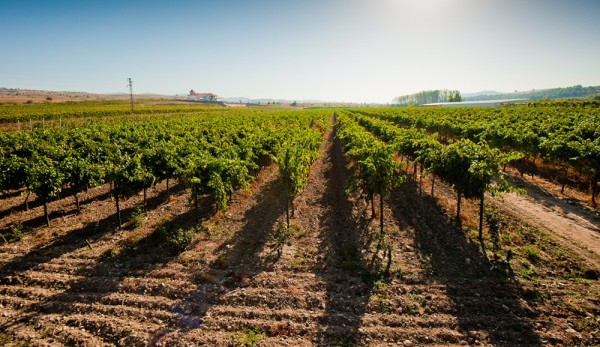
Photo: http://bit.ly/1yJEB2r
The climate in the Melnik region, arid, with hot temperatures, creates the auspicious conditions for growing grapes for Cabernet Sauvignon and Merlot wines. Wine tasting in Bulgaria can be done in many wineries in the area. During your trip to Melnik you will probably visit one of the main attractions in the small town – Kordopulova house. This is an old Bulgarian house museum with huge underground winery where you can taste typical Bulgarian wine from the South region. The glass of wine is included in the entrance fee for the museum, but don’t think that this would be the best Bulgarian wine you can try. Not at all.
There are many wineries in the region producing Buglarian wine as the “Orbelus” Bio winery and Damianitsa, Melnik’s largest wine producer using old methods, like fermenting in clay pots, and offering “Ruen” and “Rubin”, two unique blends. Another winery, “the Logodaj”, boasts vintage Bulgarian wines. Every year in February people in Melnik celebrate the “Day of wine”, which is open for visitors.
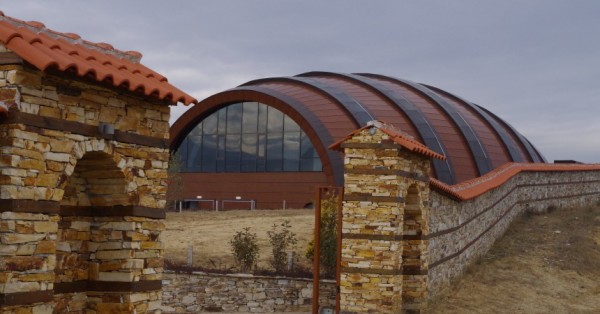
“Orbelus” Bio winery | Photo: http://binoteca.nl/tag/bio/
In the south of Bulgaria, the Thracian Plain is not only steeped in history but also a notable wine making region. There, the outstanding Bulgarian Mavrud, deep red and spicy, is a must to sample. Red wines form a string of enticing varieties and comprise also Merlot, Pamid, Cabernet Sauvignon. For wine tasting, the “Bessa Valley” winery is a reputed one, with wines like Merlot and Cabernet Sauvignon, and, in addition, the Enira which is a blend of both grapes.Wine tasting there can be combined with touring the vineyards and marveling at the fossils of sea creatures from times long gone decorating the cellar walls.
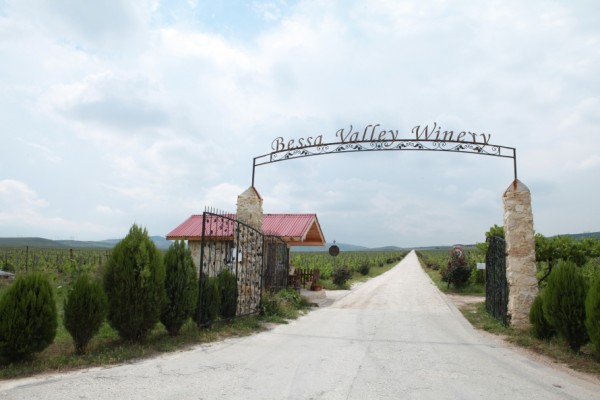
“Bessa Valley” winery | Photo: http://bit.ly/1cONPAV
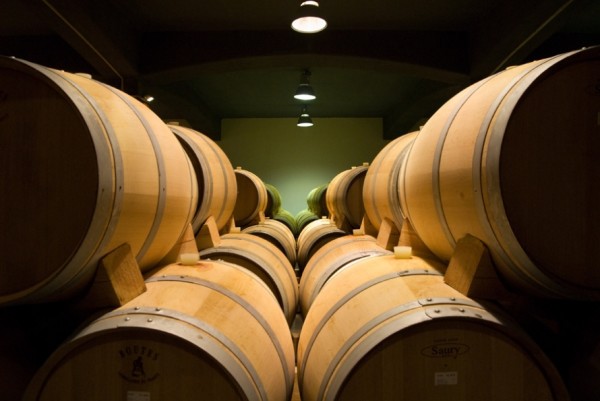
“Bessa Valley” winery | Photo: http://bit.ly/1cONPAV
Nearer the edge of the Thracian Plain, on the slopes of the mountain of Sakar, the “Terra Tangra” winery, a family business, is a welcoming spot, with the offers of certified organic wines of the local Mavrud, the first such production in the country. People in the South celebrate the traditional day of wine as well.
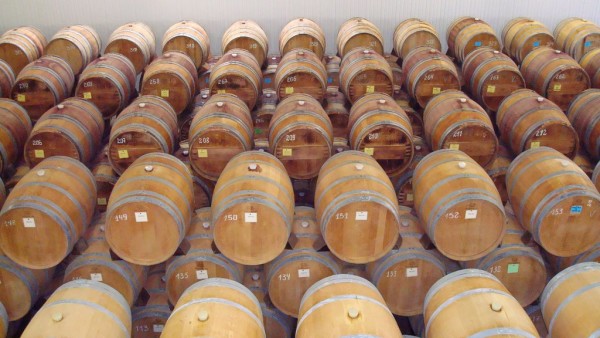
“Terra tangra” winery | Photo http://bit.ly/1D4PMy6
All Bulgarian wine varieties have their beauty and their palatability. Mavrud is fruity and spicy. Wines produced in Melnik enchant with the deep taste which combines whiffs of tobacco and leather. Dimyat appeal to those who like sweet tasting and strong scented wines, of the everyday dessert type. Pamid is a typical table wine, light and fruity. Wines of the Pelin type, with herbs added, are uniquely palatable. Gamza is another fruity wine similar to Pinot Noir.
There are many other wineries all around Bulgaria, so if you are interesting in wine tasting, just drop me a text in the comments and I will try to help you to find the best place nearby.
Have you ever taste a Bulgarian wine and where? What do you think, it’s great, huh?
Join me on a Wine Tasting tour in Bulgaria
- Can You Get Bed Bugs From Camping? - March 5, 2023
- 7 Things You Can Do to Prepare for Your First Post-Quarantine Trip - October 1, 2020
- Top 9 UK Off-Road Trails for Extreme Sports Travelers - May 18, 2020

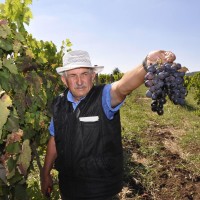
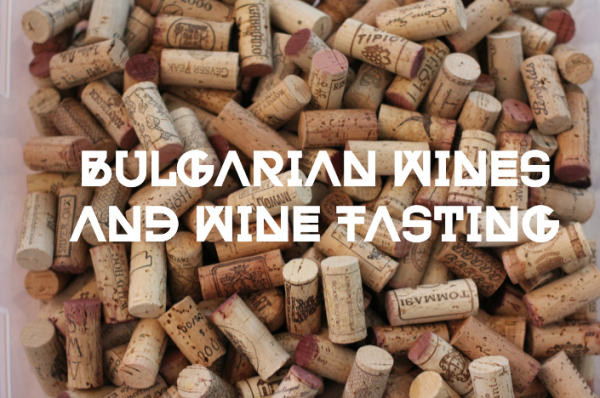
2 Comments
Leave a reply →